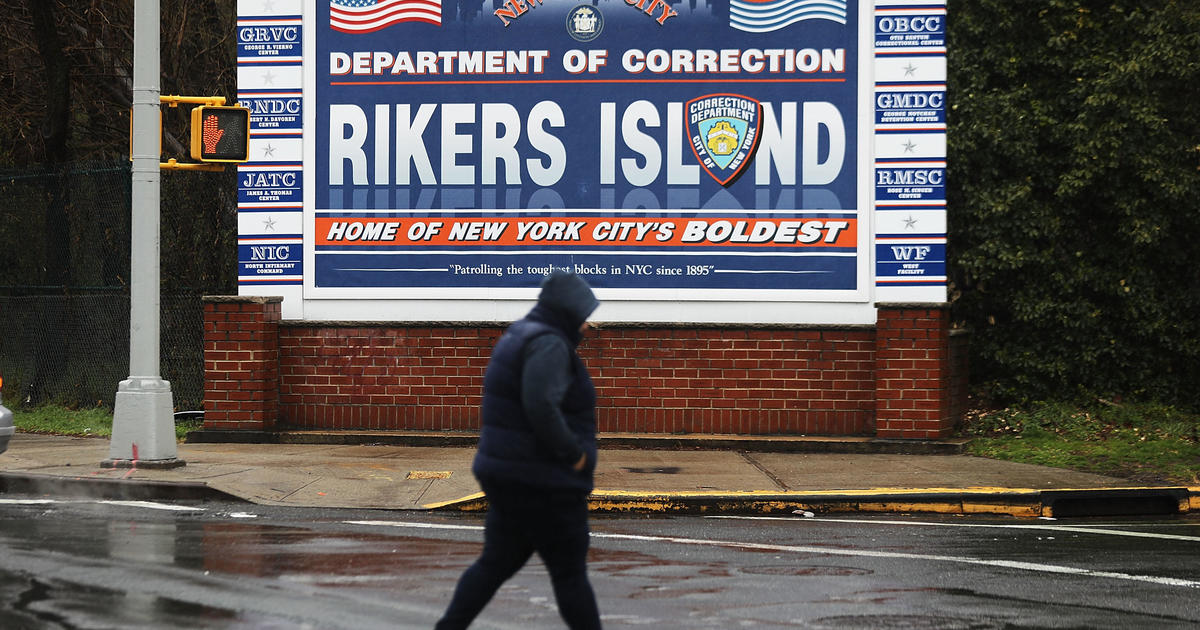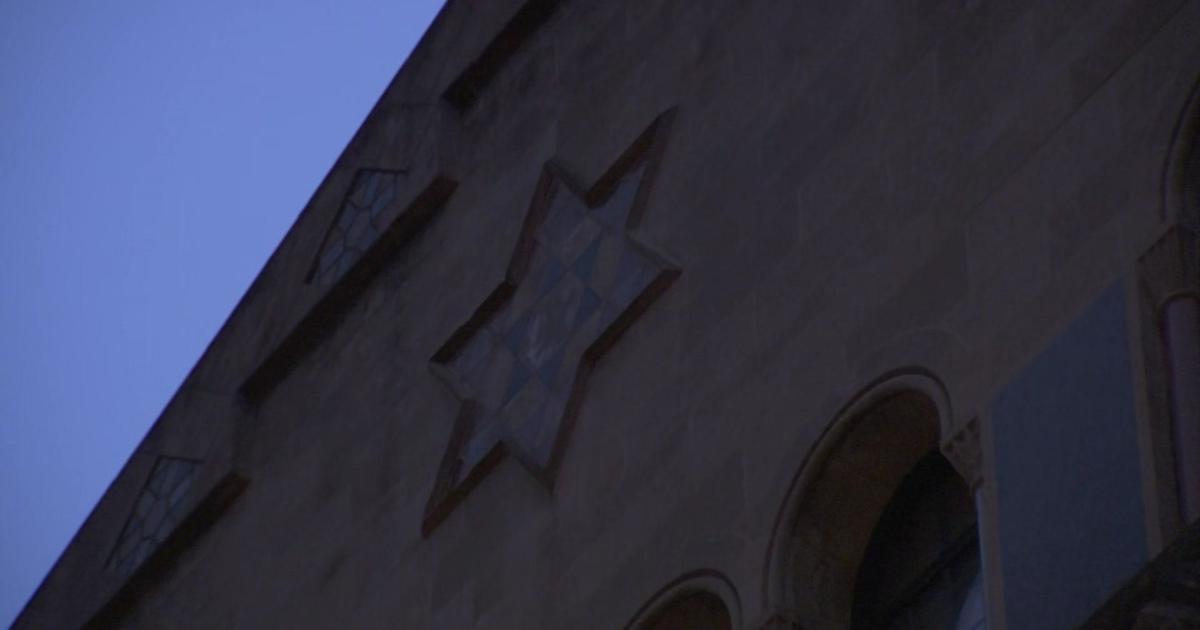Debris Found At Brick, N.J. Work Site Believed To Be From 1850 Shipwreck
BRICK, N.J. (CBSNewYork) -- Construction workers in Brick, New Jersey may have uncovered a piece of history buried deep beneath the sand.
As CBS 2's Christine Sloan reported, a pile of wood and metal on the sand in the Normandy Beach section of Brick, New Jersey, could be from a 19th-century shipwreck.
Workers discovered the pieces while drilling a steel beam 25 feet into the sand, as part of the construction of a wall to protect owners from storms like Superstorm Sandy.
"They hit something. It broke the head on the machine," said Brick Deputy Office of Emergency Management Coordinator Joe Pawlowicz. "They decided to replace the head. They replaced the head, and it also broke."
Dan Lieb, a shipwreck expert, said he believes the pieces could be from the Ayrshire, a ship that ran aground off Squan Beach, New Jersey, during a fierce storm back in January 1850.
Ironically, the Ayrshire went down right in front of a live-saving station – the precursor to the U.S. Coast Guard.
A key piece of evidence that was found by the workers was a barrel-shaped object called a windlass, which was used on sailing vessels for almost 300 years.
"That is an object – a device – which is located on the bow of the boat, and it's used to raise the anchor or pull in heavy lines," said Lieb, of the New Jersey Shipwreck Museum.
The Ayrshire has historical significance, because it was the first time a life boat with a metal roof and hatch was used to save about 200 people, who were coming to the New World from England and Ireland.
Only one person didn't make it.
"In the case of a near-shore disaster, you would set up a line between ship and shore. And in clothesline style, you would run this little metal cart out there, fill it with people, and then bring them back," Lieb explained.
The New Jersey Department of Environmental Protection said the wreck could be from any ship or bard. And Lieb said because the windlass sits on top, there is more beneath the sand – such as cargo or even gold.
The DEP will send an archaeologist to examine the wreckage, and determine if there is more in the sand. But the department will continue with the steel wall project, working around the site until it can determine whether the wreck has any historic value and if it should be uprooted.
You May Also Be Interested In These Stories:



